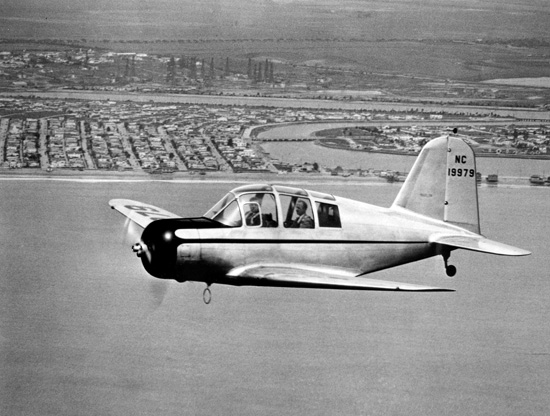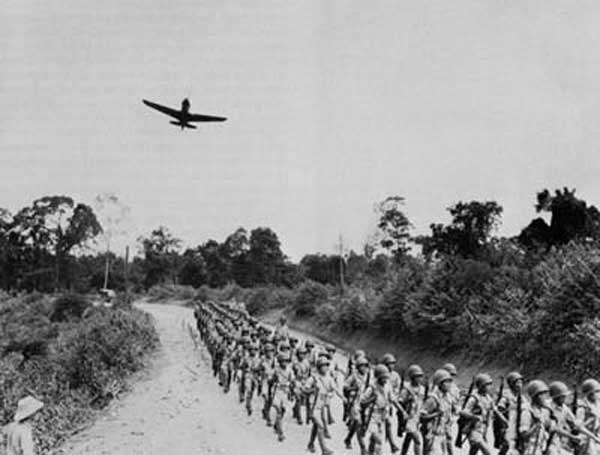Admiral Beez
Major
The Royal Indian Air Force (RIAF) was established in 1932. If money and interest could be found (perhaps from within India itself rather than Westminster), what is the potential for and impact of an earlier (say 1928) and stronger establishment of the RIAF? For starters, we might see Hindustan Aircraft Limited (HAL) founded in the early 1930s rather than 1940. I'd like to see RIAF squadrons established and focused on defending Britain's Indian and SEA commands, including contributing to Malaya in 1941. Does a credible RIAF impact the independence movement?
Last edited:



